Hotel Rate Parity: Ensure Consistent Pricing Across All Channels
Nov 5, 2025
 Mika Takahashi
Mika TakahashiPopular Categories
Hotel Technology & InnovationHotel Operations OptimizationDigital MarketingIndustry TrendsRevenue ManagementHospitality Industry
Popular Categories
Trending Post
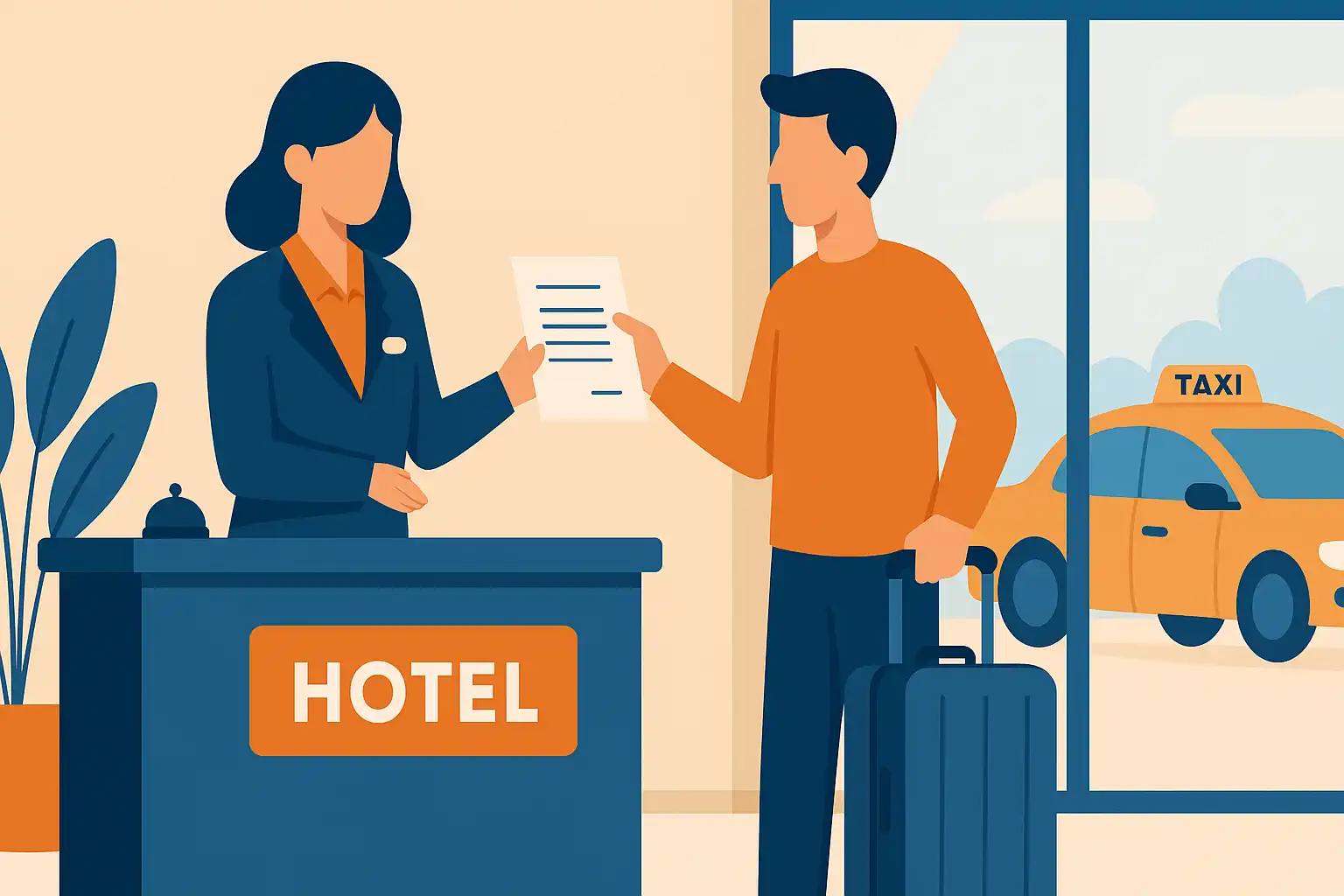
Hotel Walk Letter Template: Professional Guest Communication
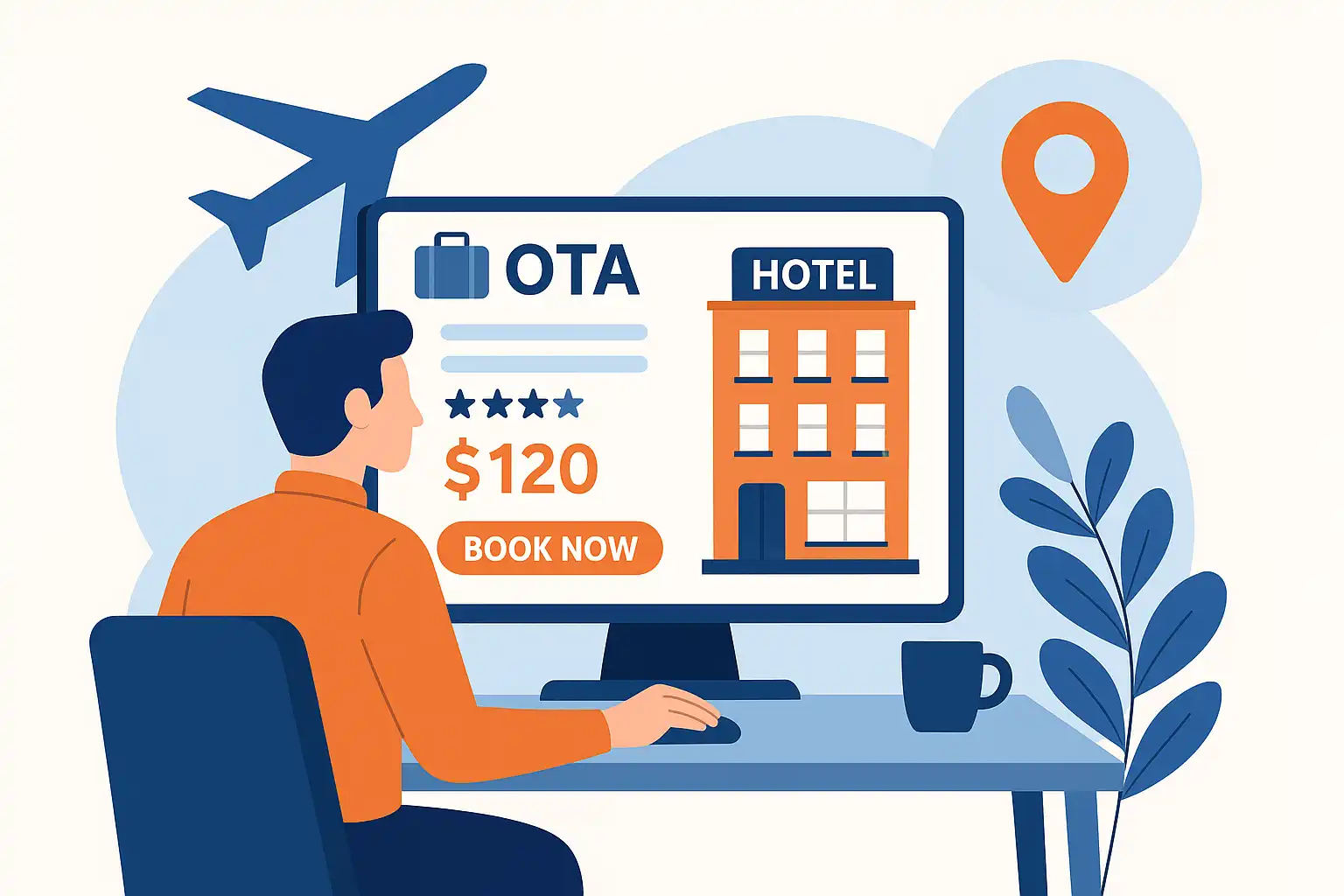
Online Travel Agents: What They Are and How They Work
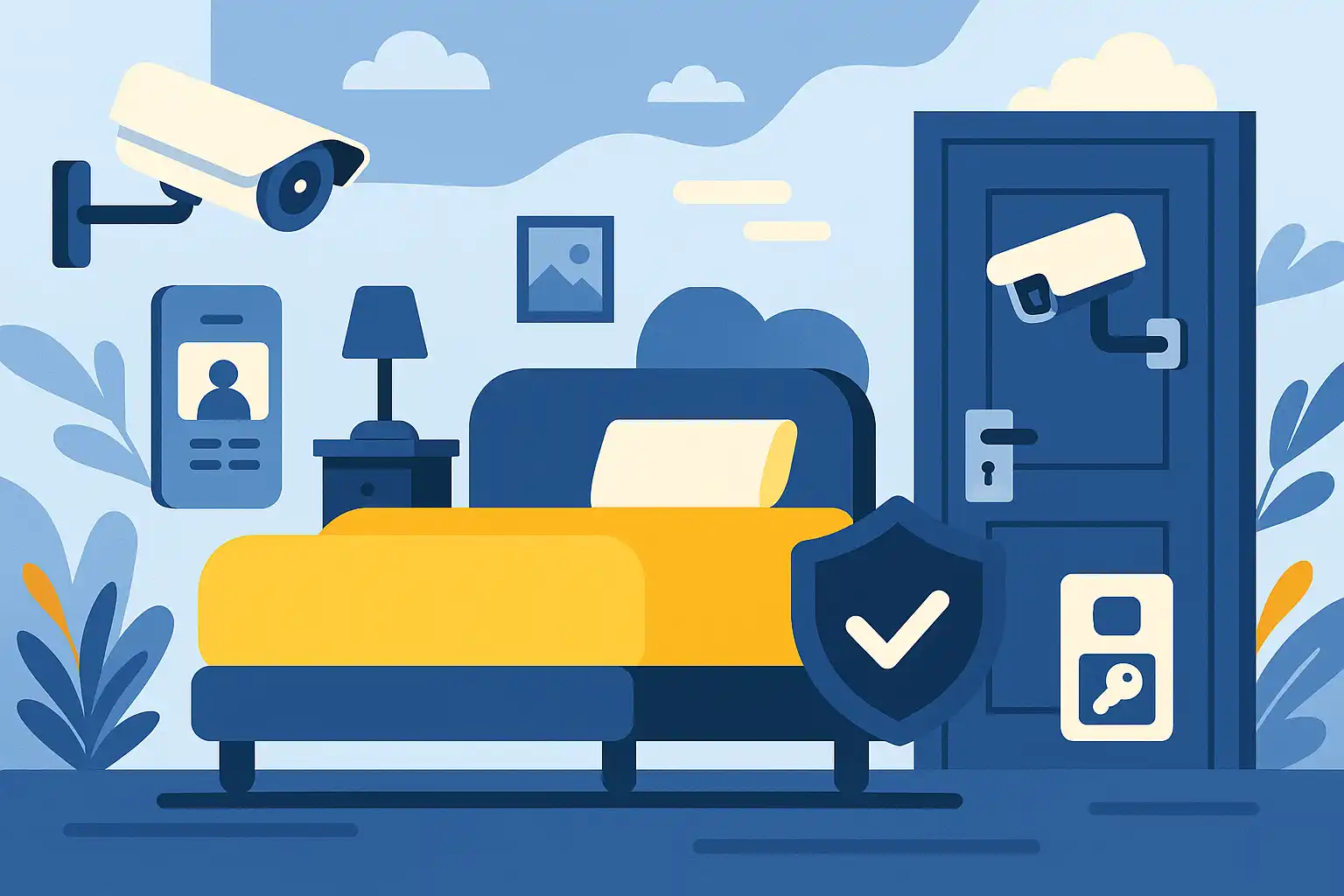
Hotel Security Systems: Modern Protection Solutions

Hotel Advertising: Complete Guide to Boost Bookings and Revenue
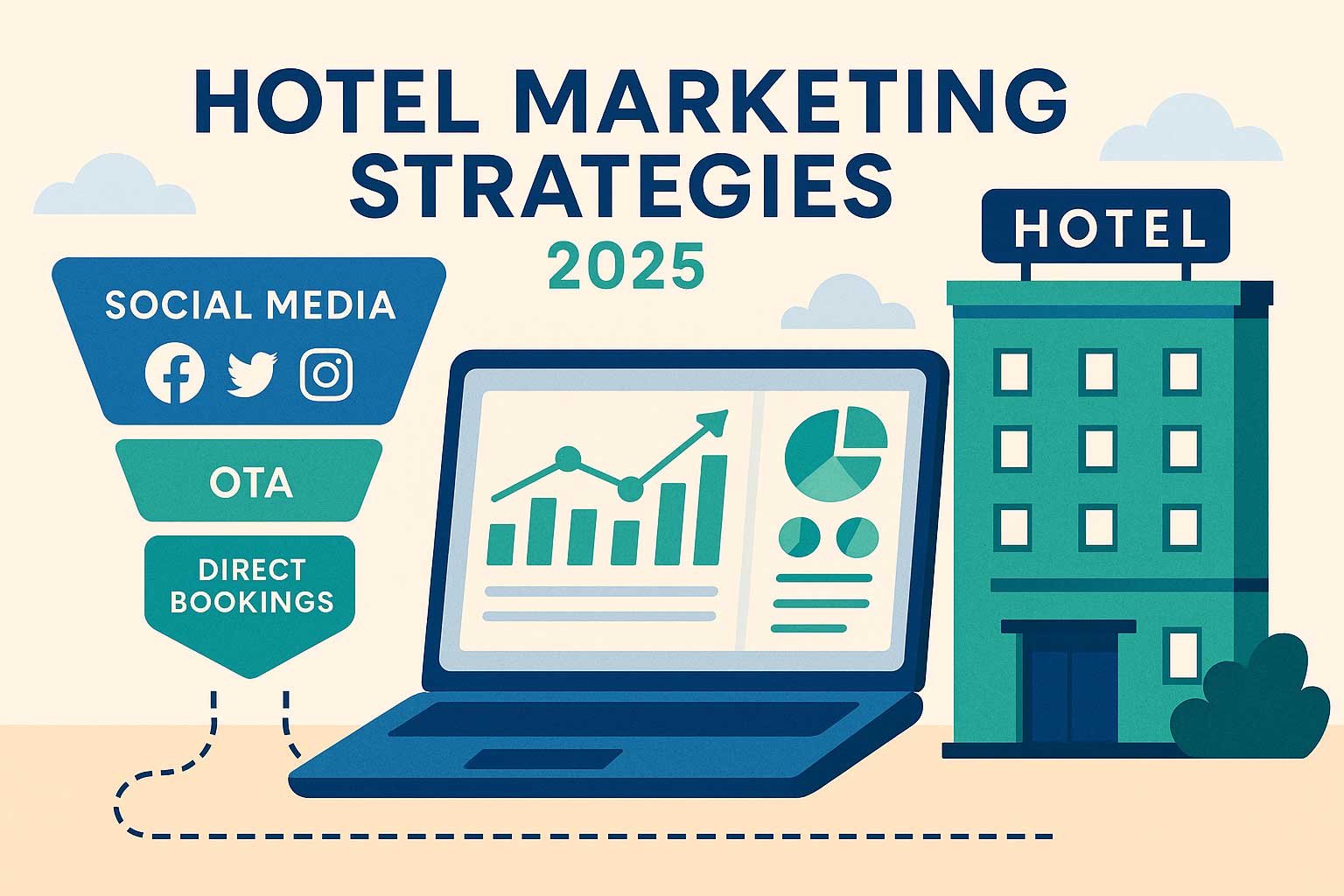
25 Hotel Marketing Strategy Ideas for 2025: Complete Guide

AI Reservation Agent: Revolutionizing Hotel Booking and Guest Experience

PMS Communication: Streamlining Property Management Through Effective Guest Messaging
Table of contents
In today’s fast-paced hospitality world, even a small pricing slip-up across your distribution channels can cost you thousands in lost revenue—and worse, damage the trust your guests have in your brand. Imagine a potential guest finds your ocean-view room priced at $200 on your website but then spots it for just $150 on an online travel agency (OTA). Not only did you lose that direct booking, but you may have also lost a loyal customer for the future.
Hotel rate parity has become a cornerstone of modern revenue management, but it’s no walk in the park. Hotels today juggle a complex web of online travel agencies, metasearch engines, and global distribution systems. Keeping your pricing consistent while maximizing revenue takes a mix of smart strategy and the right technology.
This all-in-one guide breaks down everything you need to know about rate parity—from the different types of rate parity agreements to proven strategies that help you boost your direct bookings and keep strong, positive relationships with your distribution partners.

What is Hotel Rate Parity?
At its core, hotel rate parity means offering the same price for the same room across all public online distribution channels. Simply put, whether a guest is browsing your hotel’s website, Booking.com, Expedia, or any other authorized booking platform, they should see the same rate.
This principle covers your hotel’s own website, OTAs like Booking.com and Expedia, metasearch engines, and global distribution systems (GDSs). It’s all about contractual agreements between hotels and their distribution partners to prevent price undercutting and keep the playing field level.
Take The Marriott Downtown, for example—they charge $150 per night for a standard room on their website, Booking.com, and Expedia at the same time. This consistency stops guests from hunting for lower prices elsewhere and avoids confusion that can lead to abandoned bookings.
Hotel rate parity isn’t just about price. It also covers availability, booking terms, cancellation policies, and even package inclusions. Maintaining hotel rate parity means your guests get the same deal no matter where they book, creating a smooth, trustworthy booking experience.
Typical hotel rate parity clauses cover things like:
- Room rates for the same room type and dates
- Availability windows and booking restrictions
- Cancellation and modification policies
- Add-on services and package deals
- Advance purchase requirements and payment terms
Knowing these details is key because modern parity agreements spell out exactly what needs to stay consistent—and where hotels have wiggle room.
Types of Hotel Rate Parity
When it comes to hotel rate parity, there are two main flavors: wide and narrow parity. Which one you use affects your pricing flexibility and how much control you have over your own website rates.
Keep in mind, regional laws play a big role in what kind of parity agreements you can have, so it’s important to understand your legal landscape before signing any contracts.
Wide Rate Parity
With wide hotel rate parity, you can’t offer lower rates than OTAs on any channel—not even your own website. It’s the strictest form and essentially hands OTAs significant control over your pricing strategy.
This means OTAs are protected from price competition on your site or anywhere else, giving them confidence in their commission streams and value proposition.
Wide rate parity is common in places like North America and Asia, where parity regulations are more relaxed. Independent hotels, especially those without much negotiating power, often find themselves under these agreements.
Key points about wide rate parity:
- No special price advantages for direct bookings on your website
- Uniform pricing across all public and private channels
- Strong protection for OTA commissions
- Limited room for promotional flexibility
- Easier monitoring and compliance
Narrow Rate Parity
Narrow rate parity offers more breathing room. Hotels can offer lower rates than OTAs—but only through offline channels like phone, email, or walk-in bookings. Your website’s public rates still need to match or be higher than OTA rates.
This approach became the norm in the European Economic Area after 2015 regulatory changes.
With narrow parity, you can reward loyal customers and offer private promotions without breaking your OTA agreements. It lets you build direct guest relationships while keeping OTA partnerships intact.
Here’s what narrow parity allows:
- Exclusive rates for phone and email reservations
- Special pricing for loyalty program members
- Discounts for walk-in guests
- Private group bookings outside parity restrictions
- Targeted promotions through closed user groups
Both independent hotels and big chains use narrow parity to compete for direct bookings while maintaining good relations with distribution partners.
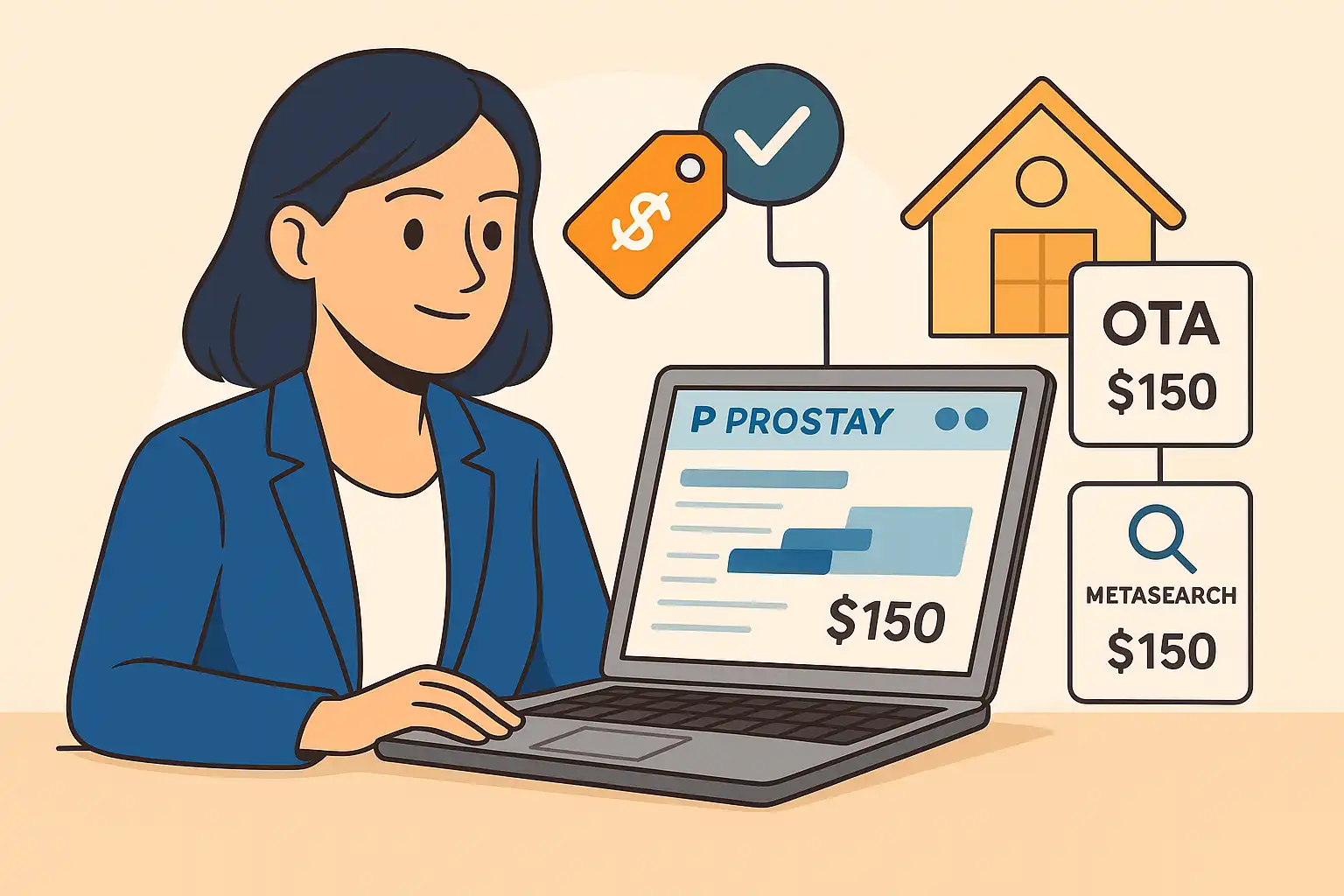
Why Hotel Rate Parity Matters for Your Business
One of the biggest perks of maintaining hotel rate parity? It prevents guest confusion and booking abandonment caused by seeing different prices across channels. When guests find conflicting prices, they often get frustrated and drop out of the booking process altogether.
Transparent pricing builds trust and strengthens your brand. Guests who see consistent rates across platforms are more likely to book directly with you again.
Plus, hotel rate parity is often a must-have for working with major OTAs like Booking.com and Expedia. These platforms usually require rate parity clauses to grant you access to their vast audiences and marketing power.
Here’s how rate parity benefits your business:
Protects Revenue: Stops destructive price wars between channels that eat into your profit margins and strain partner relationships.
Simplifies Operations: Creates a unified pricing framework that reduces the headache of juggling multiple rate strategies across dozens of channels.
Strengthens Partnerships: Ensures distribution partners feel confident their marketing investments aren’t undercut by your own direct channels.
Enhances Guest Experience: Eliminates the frustration guests feel when they realize they paid more than others, reducing negative reviews.
Boosts Market Position: Hotels with consistent pricing come across as more professional and trustworthy.
Remember, over half of all hotel bookings now come from online channels, so your relationships with distribution partners are critical for success.
Common Rate Parity Challenges Hotels Face
OTA commissions—usually between 15% and 30%—cut deeply into your profit margins compared to direct bookings. Every booking that goes through an OTA instead of your website means less revenue in your pocket.
Rate parity agreements also limit your pricing flexibility. It’s tough to run promotions or adjust prices dynamically when you have to keep everything in sync across multiple channels.
Monitoring compliance across dozens of distribution channels, metasearch engines, and reseller sites eats up time and resources many hotels don’t have.
Here are some common operational headaches:
Tech Complexity: Syncing rates in real-time across all channels demands advanced channel management systems and ongoing tech support.
OTA Tactics: OTAs sometimes use packages, closed user groups, or merchant model markups to create the illusion of hotel rate disparities while technically staying compliant.
Direct Booking Pressure: It’s challenging to encourage direct bookings without competing on price, pushing hotels to focus on value-added services instead.
Limited Negotiating Power: Independent hotels often have little leverage with big OTAs and end up accepting tough parity terms to stay visible.
Compliance Monitoring: Catching and fixing rate disparities quickly is a constant challenge.
Staff Training: Everyone involved in pricing needs to understand parity rules to avoid accidental violations and handle guest questions confidently.
These issues are especially tough during peak demand when hotels want to adjust prices but parity agreements hold them back.
Legal and Regulatory Landscape
In 2015, the European Union banned wide hotel rate parity clauses across the European Economic Area, shifting power away from OTAs and giving hotels more pricing freedom.
Countries like France, Germany, and Belgium have gone further, banning both wide and narrow parity agreements. This gives hotels full freedom to set different prices across channels and has sparked new approaches to revenue optimization.
Australia and New Zealand allow only narrow parity, while North America, Canada, and much of Latin America have no parity regulations. This patchwork means hotels must tailor their strategies to each market.
Hotel associations argue hotel rate parity clauses limit competition and hurt customers by preventing hotels from passing savings on directly.
Despite these bans, OTA dominance and pricing power remain strong. OTAs have adapted by focusing on value-added services and superior user experience to stay competitive without strict parity clauses.
Hotels need to keep an eye on regulatory changes and be ready to adjust their distribution strategies as new rules come into play.
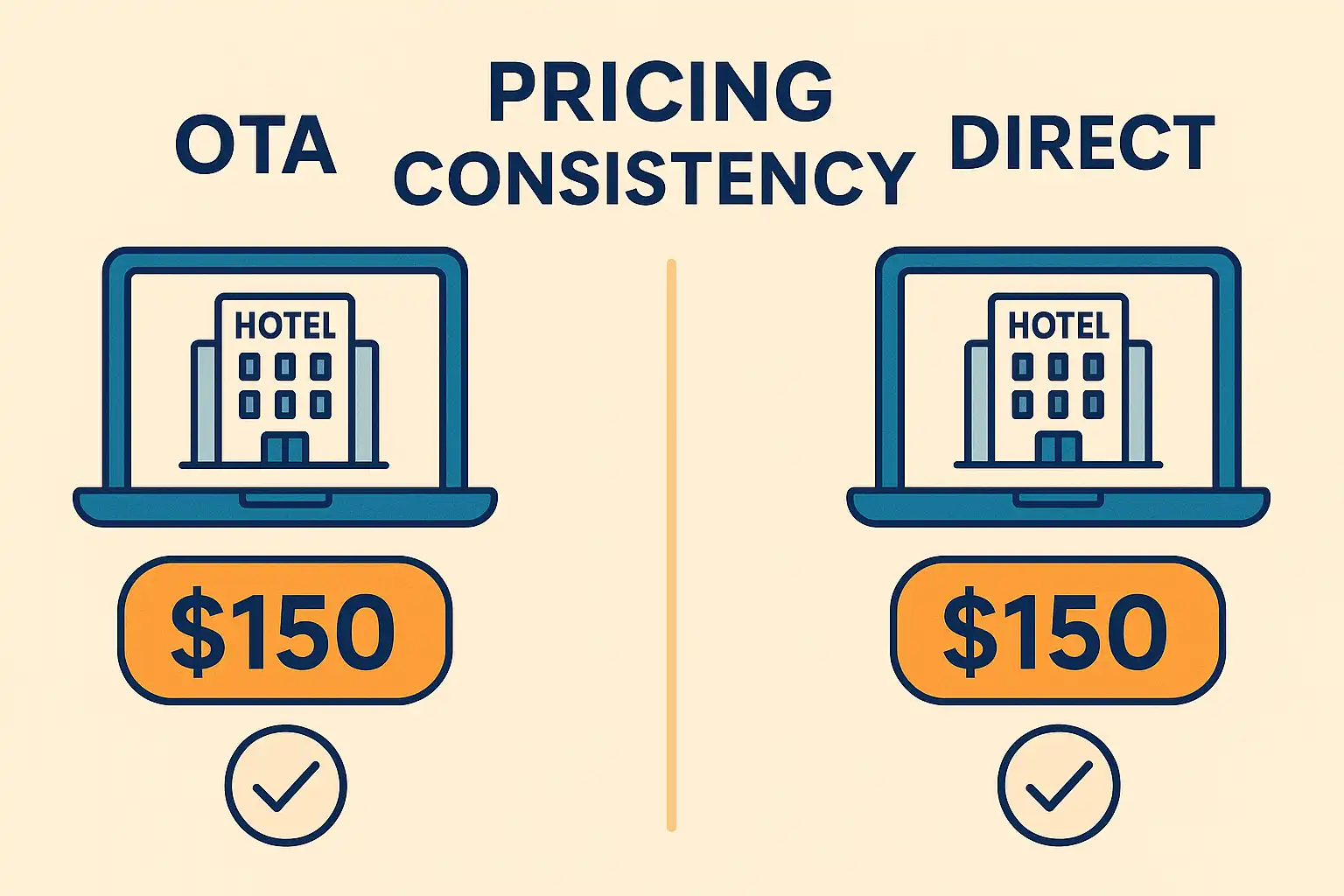
Strategies to Maximize Revenue Under Rate Parity
Since competing on price alone is off the table, focus on adding value to direct bookings. Create compelling reasons for guests to book with you by offering perks and exclusive experiences.
Where legal, use narrow parity opportunities to offer competitive rates through select channels while staying compliant.
Build strong OTA partnerships but also invest in your direct booking channels to balance volume and profitability.
Leverage technology to simplify parity management and free up resources to focus on revenue growth.
Adding Value to Direct Bookings
Offer freebies that boost the guest experience without breaking parity rules: free Wi-Fi, parking, breakfast, airport transfers—all go a long way.
Exclusive perks like room upgrades, late check-outs, and flexible cancellation policies make booking direct more attractive.
Bundle accommodation with local attractions or experiences for unique packages OTAs can’t easily replicate.
“Book direct” bonuses like welcome drinks, spa credits, or dining vouchers can tip the scales in your favor when displayed prominently on your booking engine.
Popular Direct Booking Incentives:
- Complimentary breakfast ($15-25 value)
- Free parking in city locations (saves $20-40 daily)
- Room upgrades subject to availability
- Late checkout options
- Flexible cancellation terms
- Welcome amenities and branded gifts
- Access to exclusive hotel facilities (pool, gym)
Leveraging Narrow Parity Opportunities
Send targeted emails to past guests with exclusive rates compliant with narrow parity rules.
Create loyalty program pricing and private groups offering genuine value without public visibility.
Offer phone and walk-in discounts where allowed—guests love the personal touch.
Use social media flash sales to followers, creating urgency without breaking parity.
Build segmented audiences for direct marketing campaigns to communicate special offers discreetly.
Optimizing Direct Booking Experience
Make sure your website booking engine matches or beats OTA functionality and ease of use.
Prominently display a “Best Price Guarantee” to reassure guests they’re getting the best deal.
Offer live chat and responsive customer service to answer questions and smooth the booking process.
Ensure a seamless mobile booking experience—mobile bookings are booming.
Provide instant confirmation and secure payments to match OTA standards.
Strategic Use of Metasearch Engines
Advertise on Google Hotel Ads, TripAdvisor, and Trivago to drive direct traffic while respecting hotel rate parity.
Pay-per-click costs are often lower than OTA commissions, making metasearch a cost-effective direct booking channel.
Metasearch helps you capture guest data and build lasting relationships beyond the initial booking.
Optimize your listings with compelling images and unique selling points to stand out against OTAs.
Technology Solutions for Rate Parity Management
Channel managers keep your rates and availability synced across all platforms automatically, cutting down on manual errors and parity violations.
Hotel rate shopping tools scan competitor prices and flag parity breaches in real time, letting you act fast.
Revenue management systems optimize your pricing within parity rules to maximize revenue without breaking agreements.
Property management system (PMS) integrations streamline operations and keep data consistent across all channels.
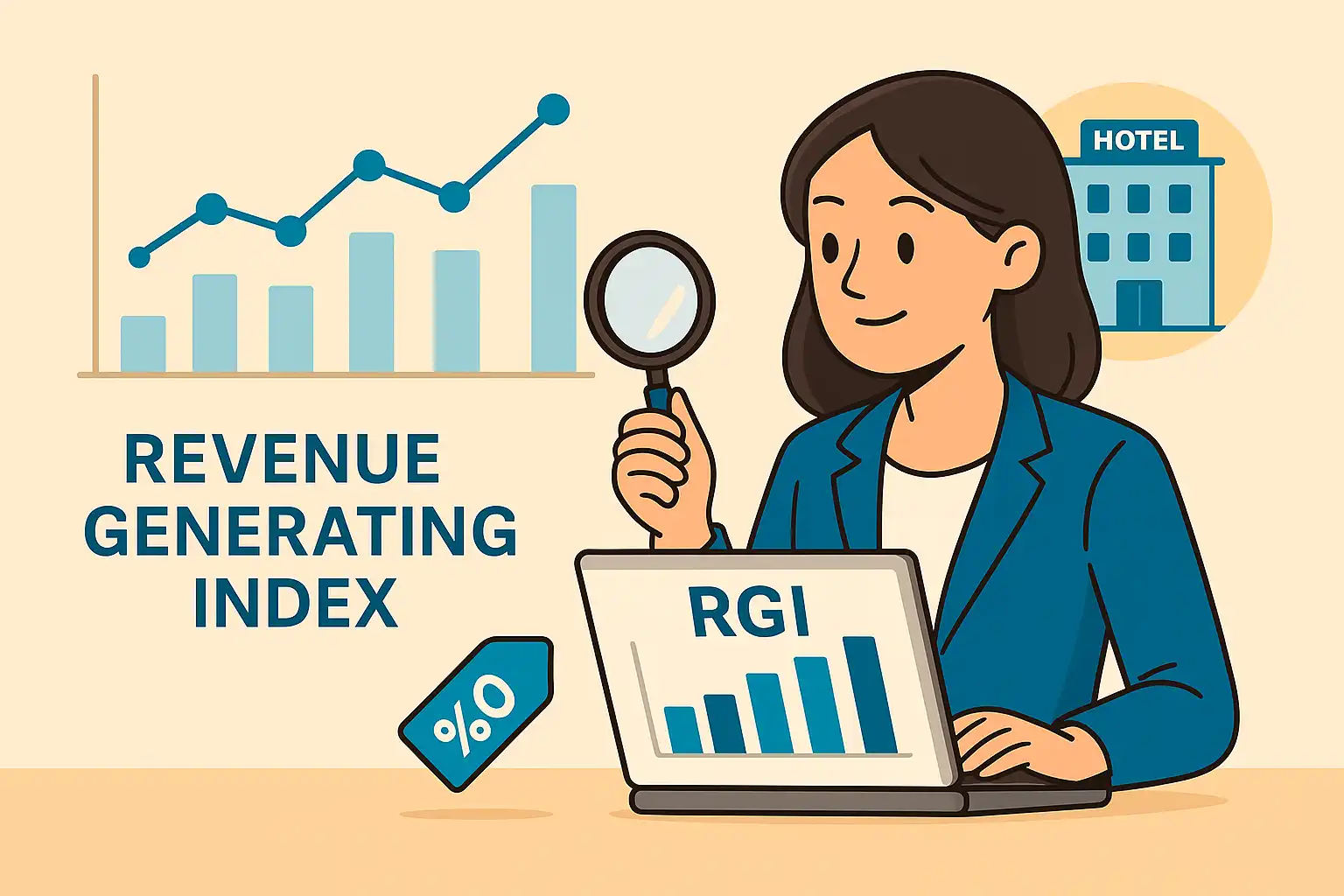
Must-Have Rate Parity Tools
Channel managers like Prostay, RateGain, and SiteMinder provide real-time updates across OTAs and distribution channels.
Rate shopping software such as RateTiger and OTA Insight offer pricing monitoring and alerts to catch issues early.
Revenue management platforms like IDeaS and Duetto help you implement dynamic pricing while staying compliant.
Direct booking tools like Prostay, Triptease and Bookassist optimize your website for conversions and direct sales.
CRM platforms like Prostay, Revinate and Mailchimp enable personalized marketing within narrow parity limits.
Look for features like:
- Real-time rate synchronization
- Automated parity violation alerts
- PMS integration
- Mobile access
- Analytics and reporting
- Compliance tracking
- Competitor rate monitoring
Investing in these technologies usually pays off by boosting compliance, saving time, and increasing direct bookings.
Best Practices for Rate Parity Compliance
Run daily audits to spot and fix rate discrepancies quickly. Automation helps, but human review is crucial for complex cases.
Set clear parity policies and train your team to prevent accidental violations.
Keep detailed contracts with OTAs outlining parity terms and violation procedures.
Use automated alerts to catch issues early and resolve them fast.
Document all pricing decisions and parity communications to protect yourself during disputes.
Review parity agreements regularly to ensure they align with your evolving business goals.
Daily Compliance Checklist:
- Review overnight rate changes across channels
- Check for new distribution activity
- Verify promotional pricing compliance
- Monitor competitor rate positioning
- Address parity violation alerts
- Update your team on issues
- Document rate adjustments
Weekly Strategic Review:
- Analyze direct booking rates
- Review OTA performance
- Assess parity strategy impact
- Plan promotions
- Evaluate tech tools
- Update staff training
Monthly Partner Communication:
- Review OTA partnerships
- Discuss parity challenges
- Negotiate contract improvements
- Share market insights
- Plan joint marketing efforts
This structured approach minimizes violations, strengthens partnerships, and maximizes revenue.
Future of Hotel Rate Parity
Regulators are likely to keep tightening parity rules worldwide as they tackle anti-competitive practices. This means more pricing freedom for hotels in the future.
OTA consolidation means fewer players hold more power, creating new competitive pressures beyond traditional parity clauses.
Advanced tech, including AI and machine learning, will make parity monitoring and revenue management smarter and more efficient.
Hotels will increasingly differentiate through customer experience rather than price alone.
Direct booking platforms and loyalty programs will become even more vital as hotels seek to reduce reliance on high-commission OTAs.
Dynamic pricing strategies will need to evolve alongside parity rules, balancing market demand and compliance.
Trends to Watch:
- Personalized pricing based on guest history
- Bundled packages competing on value
- Blockchain-based decentralized bookings
- Voice-activated booking assistants
- Subscription memberships for frequent travelers
- Real-time price negotiation
Hotels that master this evolving landscape by building strong direct relationships and fostering solid distribution partnerships will thrive. Rate parity will remain a key part of the puzzle—but it’s just one piece of a smart, guest-focused revenue management strategy.
